Tiny houses, though small in size, are generating massive interest worldwide for their blend of affordability, mobility, and sustainability. This roundup covers revealing facts and stats about the tiny house movement, with an emphasis on the US and additional insights from Europe and beyond.
Average US tiny house costs range from $30,000 to $60,000 (Bankrate)
Building or buying a tiny house in the United States generally costs much less than a conventional home.
The average price of a completed tiny house is between $30,000 and $60,000, depending on materials, size, and design features.
Most tiny houses are under 400 square feet (Today’s Homeowner)
The generally accepted standard for a “tiny house” in the US is anything under 400 square feet.
Many popular models have interiors in the 200 to 350 square foot range, maximizing every inch of living space.
Millennials lead US tiny home ownership at 71% (Today’s Homeowner)
Roughly 7 in 10 US tiny house owners are millennials, reflecting the generation’s focus on flexible, affordable living.
Costs, student debt, and lifestyle preferences make tiny homes appealing to people in their 20s and 30s.

The US tiny house market is valued at over $2.5 billion (MarketsandMarkets)
Market research puts the US tiny home sector alone at over $2.5 billion in 2023.
The industry continues to expand rapidly with increasing consumer demand for alternative housing options.
Downsizing is the main driver for 55% of buyers (CNBC)
The desire to simplify life and reduce possessions motivates a majority of tiny house buyers.
Financial freedom and a smaller ecological footprint are also key incentives.
A tiny house can reduce energy costs by up to 50% (HGTV)
Smaller structures require less heating, cooling, and lighting, driving major energy savings.
Many tiny houses use solar panels or efficient appliances to further lower utility bills.
42% of tiny homes in the US are located in rural areas (Today’s Homeowner)
Most US tiny homes are built on rural land, providing space and often fewer zoning obstacles.
Cities are beginning to update rules to allow more urban tiny house developments.
69% of tiny homeowners in the US have no mortgage (Today’s Homeowner)
The majority of US tiny house owners do not carry a mortgage, providing big financial relief.
Without a mortgage, owners can avoid significant debt and bank interest payments.

Tiny house villages are gaining popularity in Europe (Euronews)
Eco-friendly tiny house “villages” are popping up across Germany, France, and the Netherlands.
These communities focus on sustainability, shared amenities, and a low-impact lifestyle.
Zoning laws remain the biggest obstacle in the US (Forbes)
Restrictive land use codes prevent tiny homes from being parked or built in many areas.
Some states and cities are updating codes to accommodate tiny homes for affordable housing solutions.
The average construction time is 3–6 months (The Tiny House)
Building a tiny house typically takes far less time than a traditional home—just 3 to 6 months on average.
This short timeline appeals to those seeking quick, affordable housing alternatives.
Only 21% of tiny homes are on permanent foundations (Today’s Homeowner)
The vast majority of tiny houses in the US are built on trailers for mobility and flexibility.
Those placed on permanent foundations must comply with stricter local building codes.
Rental income is a major reason to own a tiny home (CNBC)
Many buyers purchase tiny homes to rent out, using platforms like Airbnb for short-term stays.
Tiny houses have proven popular with travelers seeking unique and affordable accommodations.
The average US household has more than 300,000 items (The New York Times)
This staggering figure helps explain why downsizing is so central to the tiny house ethos.
Moving into a tiny house requires significant decluttering of personal possessions.

Prefab tiny houses are a $1.8 billion global market (Grand View Research)
Tiny prefab homes, which are factory-built and delivered to site, drive a large share of global tiny living growth.
The prefab model is especially popular in Europe, where urban land is scarce and expensive.
Roughly 23% of US tiny home buyers paid in cash (Forbes)
Almost one in four Americans who bought a tiny house in the past two years paid cash instead of financing.
Smaller home prices make direct purchase feasible for many buyers.
The global tiny house market is expected to reach $7 billion by 2027 (MarketWatch)
Interest in tiny homes is booming not just in the US, but worldwide.
Market researchers project global market value to more than double in the near future.
Fewer than 15% of US municipalities explicitly allow tiny houses (Curbed)
Legal acceptance remains an ongoing challenge.
Many cities and towns still lack clear regulations for tiny home living.
Tiny houses produce an average of 2,000 pounds of CO2 per year (National Renewable Energy Lab (NREL))
This figure is far lower than the 30,000 pounds annually for a typical American house.
Energy-efficient design and reduced square footage mean a much smaller carbon footprint.
Tiny house living is linked to increased life satisfaction (Taylor & Francis)
Academic research found that residents of tiny homes report higher levels of well-being and outlook.
Less financial stress and more purposeful living are often cited benefits.
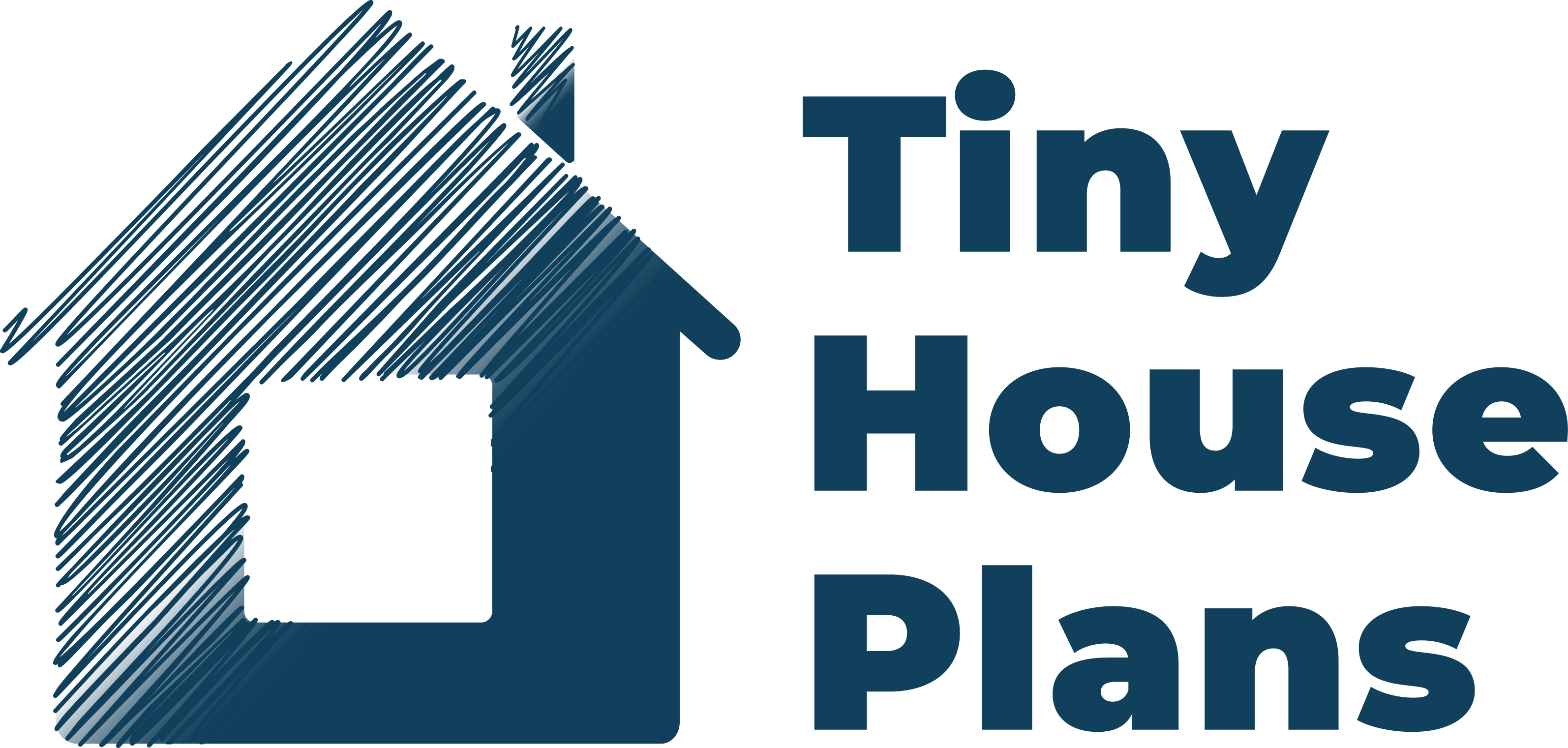

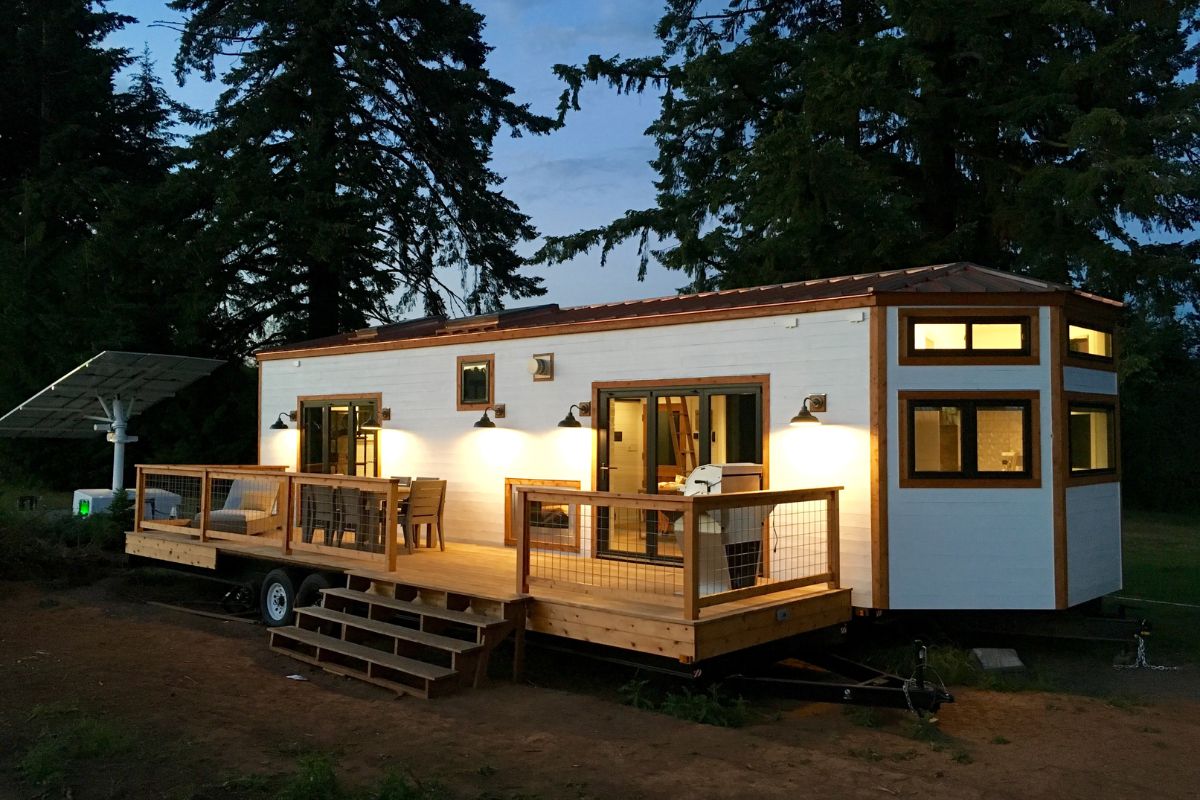
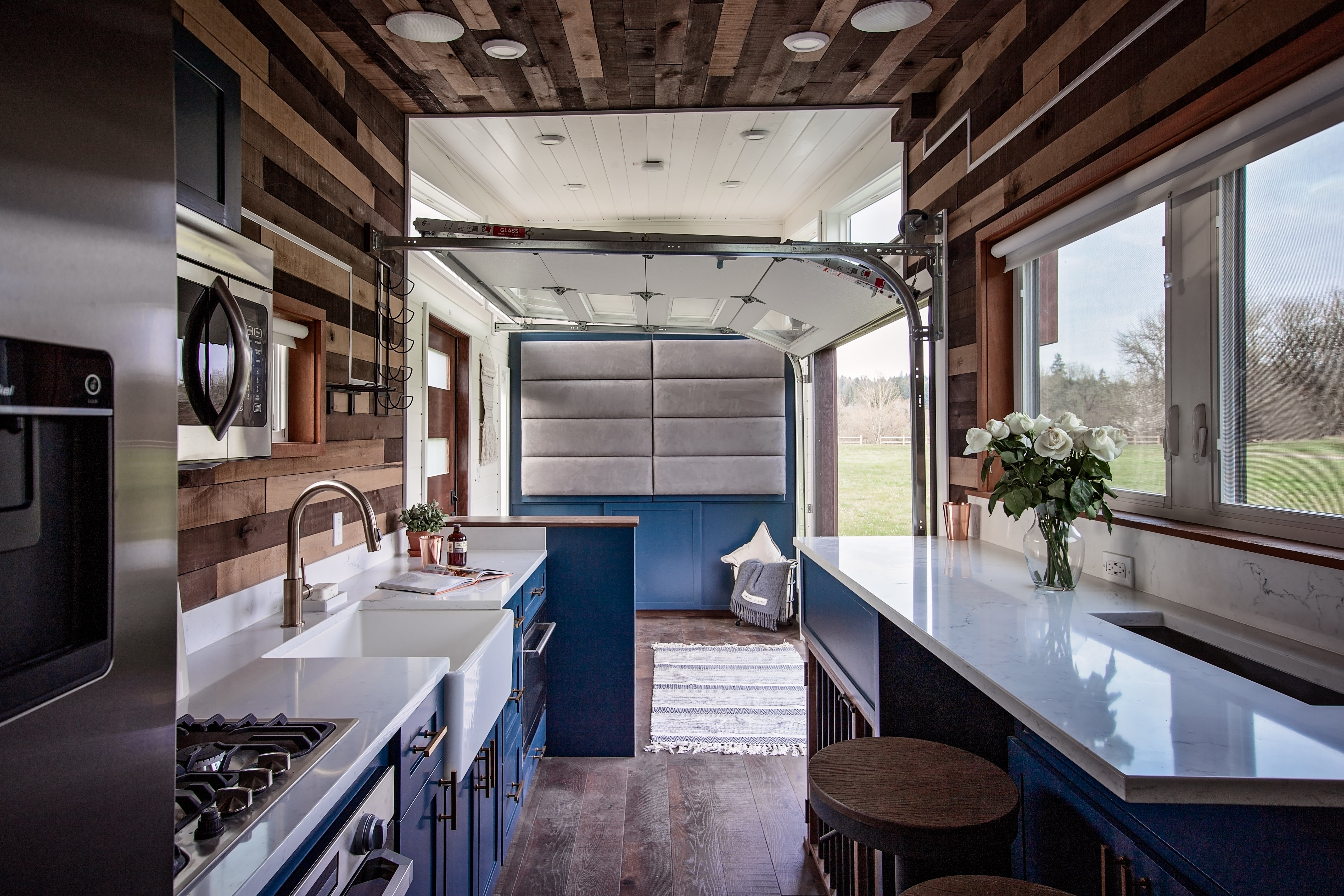
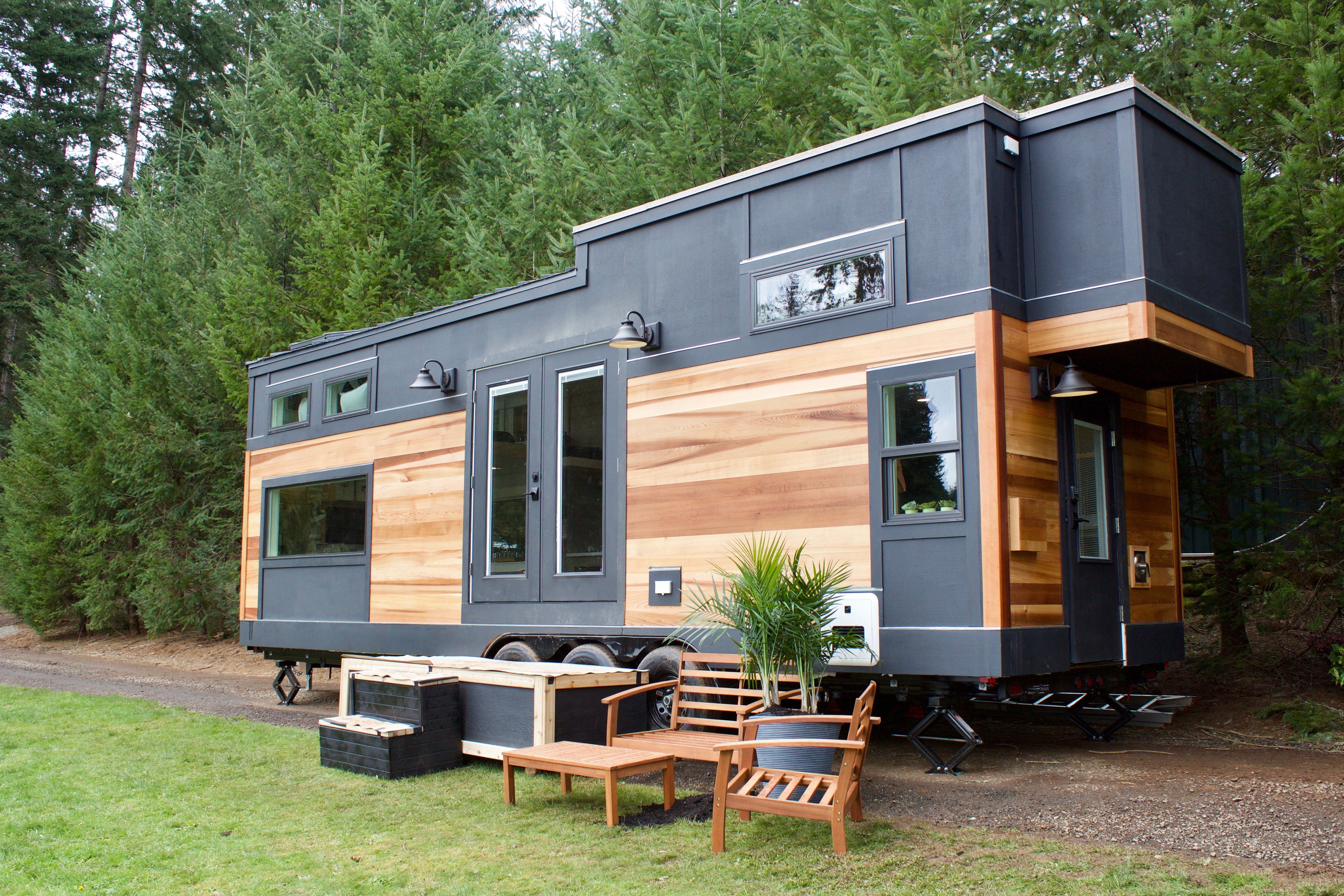
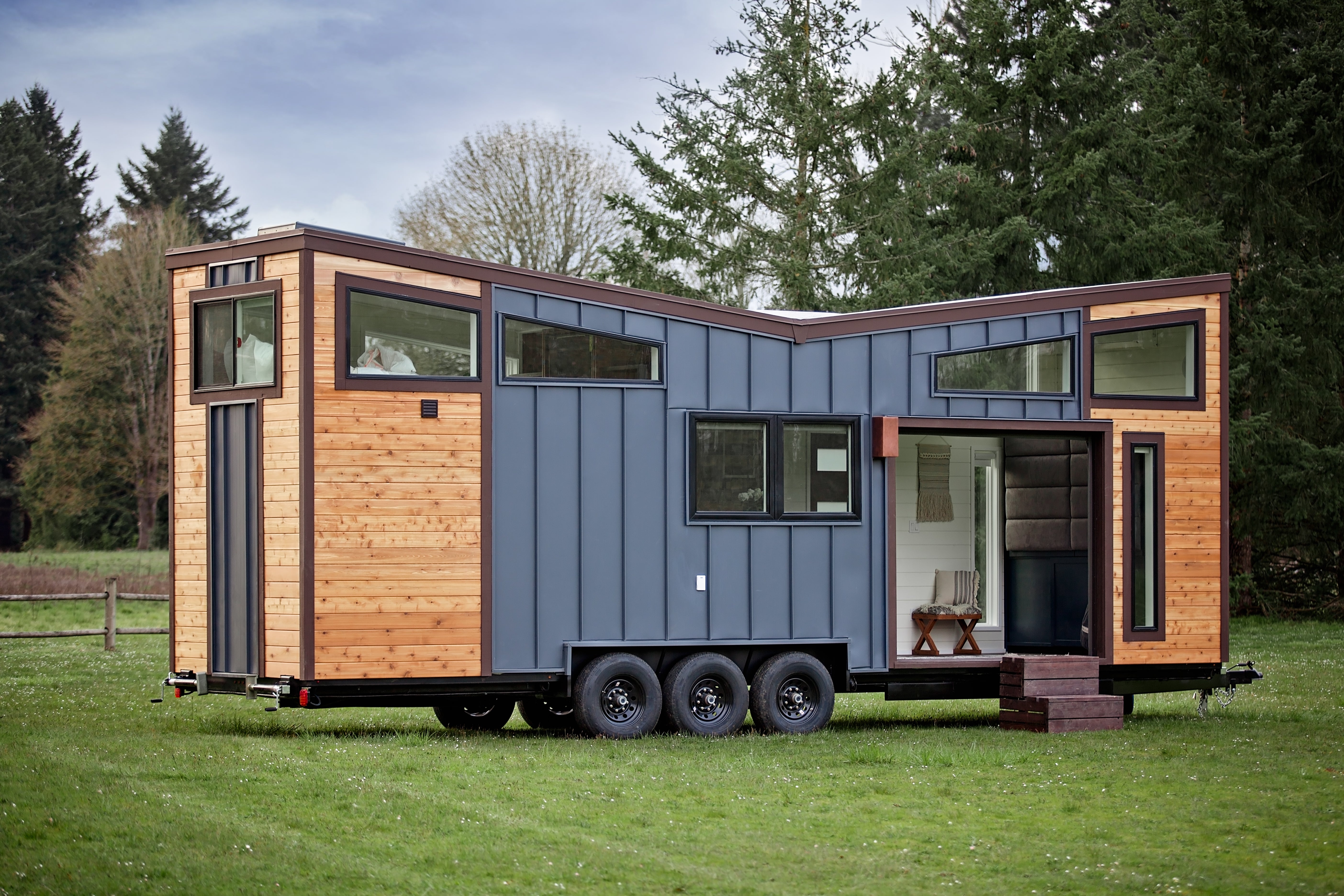
Share: